PUNJAB’S budget for the next fiscal year proposes the current and development outlay of close to Rs1.35-1.36tr and a hefty increase in public investment in large infrastructure projects, social service delivery, agriculture, and pro-poor initiatives and subsidies.
The size of the new budget is estimated to be roughly 18-19pc bigger than the original current and development expenditure target of Rs1.14tr for the outgoing year, and plans to significantly boost tax revenues — especially provincial GST (general sales tax) on services -- by broadening the base and improving voluntary compliance.
“The budget for 2016/2017 will focus on development, and target to attain the goals the government has set for itself in the three-year Punjab Growth Strategy 2015-2018,” provincial finance minister Ayesha Ghaus-Pasha told Dawn early last week.
The growth strategy envisages to stimulate economic growth to 7-8pc, create 1m jobs every year, help double private investment, significantly alleviate poverty and improve security conditions in the province by 2018, the year of next elections in the country.
It is premature to talk about the estimates and allocations for the next year, the minister said of the volume of the current expenditure and development spending. “What I can say at this stage is that you’ll see a very hefty increase in the allocation for development,” she added.
The budget is expected to be announced on June 10.
Punjab finance department officials told Dawn that the government’s current expenditure is estimated to surge by just less than 13pc from Rs753bn for the present year to around Rs850bn next year. “The major boost in the provincial expenditure will come mainly from the spike in development expenditure,” a senior official involved in budget preparation said.
The investment spending has been proposed to be raised by over a quarter from the ongoing year’s original estimate of Rs400bn to Rs500bn for the next fiscal year
The investment spending has been proposed to be raised by over a quarter from the ongoing year’s original estimate of Rs400bn to upwards of Rs500bn next year. “The spike in the suggested development spending is on account of the Chinese loan of Rs85bn for the Orange train project in Lahore,” the official said.
Though not a part of the China Pakistan Economic Corridor (CPEC), China’s President Xi Jinping had announced to build the train during his landmark visit to Islamabad last year to announce his country’s plans to invest $46bn in energy, transport and other large infrastructure projects in Pakistan as part of its ambitious One Belt One Road (OBOR) programme to connect its landlocked western region with the Gulf and Europe via Gwadar.
Minister Ayesha contended that the development strategy will focus on poorer segment of the population to cut poverty by boosting allocations for social sector — education, healthcare, etc — with the objective of improving service delivery as well as providing food, transport and other subsidies, interest-free loans, and scholarships to the poor.
“Additionally, we intend to invest Rs100bn in agriculture in the next two years (to reduce rural poverty) besides consolidating and completing the large (road and energy infrastructure) projects already initiated in the province,” she added.
The Punjab government is considering boosting its tax revenue target next year in order to increase the share of provincial taxes in its total general revenue receipts. It had marginally reduced its tax target from original estimates of Rs164.68bn for last year to Rs160.59bn — or around 13pc of the total general revenue receipts for the current fiscal. But the present year saw a substantial surge of over 30pc in the provincial tax collection, encouraging the finance managers to increase the target for the next year.
The provincial monthly civil accounts show that the province collected Rs96.29bn, or around 60pc of the annual target, in the first three quarters of the ongoing year to March, displaying growth of 30pc over last year’s collection of Rs73.96b, or 45pc of the budgeted target, in the same period. The services tax rose by 33pc.
“We have achieved significant growth in tax collection by improving compliance and broadening the base without raising the tax rates or implementing new ones,” the minister said. “We will carry on with tax reforms in future to boost our collection,” she vowed. “Implementation of reforms is crucial to improve service delivery and boost development spending.”
Published in Dawn, Business & Finance weekly, June 6th, 2016

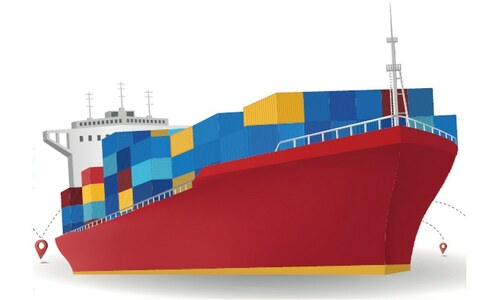
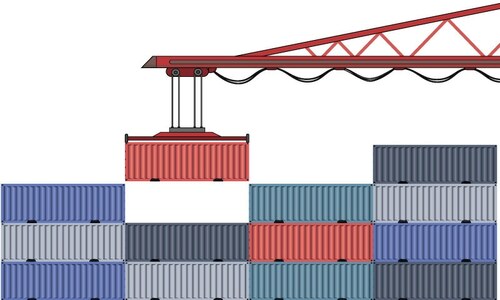


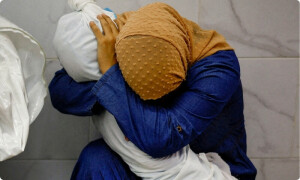

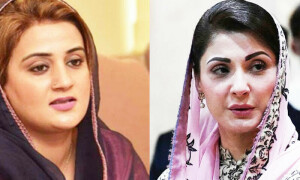






















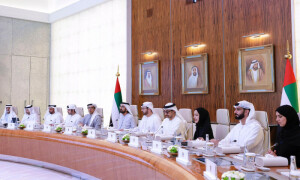















Dear visitor, the comments section is undergoing an overhaul and will return soon.